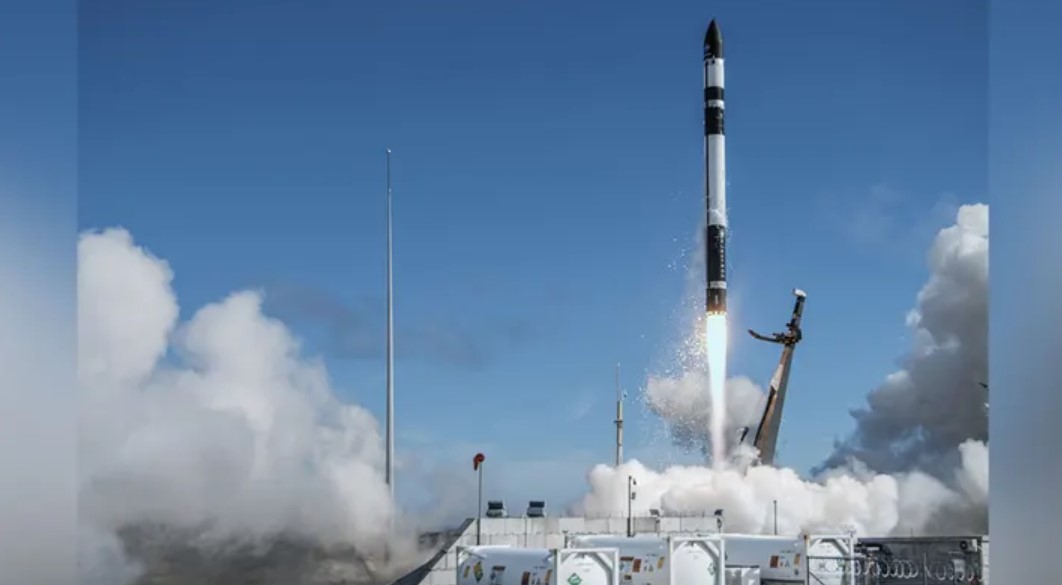
This guide is designed to show you how to use ChatGPT for research and development. In the ever-evolving landscape of research and development (R&D), maintaining a competitive edge is not just advantageous; it’s essential. As professionals in this field, you’re constantly on the lookout for innovative ways to incorporate cutting-edge technologies into your workflow to stay ahead. Among the myriad of tools available, one that has been increasingly recognized for its transformative potential is ChatGPT.
This raises a pivotal question: How can you harness the power of ChatGPT to its fullest, capitalizing on its strengths while adeptly managing its limitations, to bolster your R&D projects? In the following sections, we will explore precisely that, guiding you through the practicalities of integrating ChatGPT into your R&D activities to optimize outcomes and drive innovation..
Unlocking ChatGPT’s Capabilities in R&D
1. Efficient Information Retrieval
ChatGPT stands out for its ability to sift through vast amounts of data up to April 2023. This is particularly useful when you need a quick summary of existing knowledge across various fields.
2. Sparking Creativity
If you’re hitting a creative roadblock, ChatGPT can jumpstart your brainstorming. It offers a plethora of ideas, potential solutions, and innovative alternatives, making it your go-to for fresh perspectives.
3. Aid in Coding
For those involved in software development or data analysis, ChatGPT can be a real game-changer. It’s not just about writing code; it can also analyze and debug, streamlining your development process.
4. Mastery in Language Processing
When it comes to processing natural language, ChatGPT shines. Whether summarizing research papers or generating human-like text, it can handle a range of language processing tasks with ease.
Navigating ChatGPT’s Limitations
While ChatGPT is a powerhouse, it’s important to be aware of its limitations to utilize it effectively:
- Stay Current: Remember, ChatGPT’s knowledge is only up to date until April 2023. For the most recent developments, you’ll need to consult other sources.
- Be Aware of Biases: Like any tool, ChatGPT may have inherent biases. It’s crucial to critically analyze its output, especially when dealing with sensitive topics.
- Lack of Personalization: ChatGPT doesn’t retain personal user data or session information, ensuring a general approach to problem-solving.
- Offline Capabilities: Real-time internet browsing is not in its repertoire, so it can’t fetch the latest online data for you.
Strategically Employing ChatGPT in R&D
Initial Research Phase:
- Literature Review: You will be pleased to know that ChatGPT can efficiently summarize existing research, demystify complex concepts, and even translate technical jargon.
- Formulating Hypotheses: Leverage ChatGPT’s ability to generate hypotheses grounded in existing knowledge, giving you a solid starting point for your research.
Development Phase:
- Prototyping Ideas: Utilize ChatGPT to brainstorm innovative design ideas and suggest improvements.
- Coding Assistance: From common programming queries to framework-specific issues, ChatGPT is your go-to assistant.
Data Analysis:
- Guidance on Statistical Analysis: If you’re pondering over which statistical methods to employ, ChatGPT can offer valuable insights.
- Data Cleaning Tips: It can also suggest efficient methods for data preprocessing and cleaning.
Writing and Documentation:
- Drafting Reports: ChatGPT can assist in creating the initial drafts of your research reports or papers.
- Proofreading Aid: Utilize it for grammar checks and style suggestions, ensuring your documents are polished and professional.
Creative Problem-Solving:
- Enhancing Brainstorming Sessions: Integrate ChatGPT into your brainstorming sessions for a diverse range of perspectives.
Ethical Considerations:
- Addressing Bias and Ethics: Engage ChatGPT in discussions about potential biases and ethical implications of your research.
Tips for Effective Utilization:
- Specificity Matters: The more specific your query, the more precise and helpful ChatGPT’s response will be.
- Iterative Dialogue: Engage in a back-and-forth dialogue with ChatGPT to refine ideas and enhance clarity.
- Complement with Other Tools: For a comprehensive approach, combine ChatGPT’s capabilities with other research tools and databases.
- Stay Updated: Keep abreast of the latest updates and enhancements in ChatGPT for an improved user experience.
Summary
ChatGPT stands as a powerful asset in the realm of Research and Development, poised to enrich various aspects of the R&D lifecycle. Its capabilities span a broad spectrum, encompassing the efficient gathering of information, sparking creativity in ideation, providing substantial support in coding tasks, and aiding in the meticulous process of documentation. However, the true potential of ChatGPT in enhancing your R&D efforts is unlocked not merely through its use but through its strategic application coupled with insightful and critical thinking.
By thoroughly understanding the multifaceted strengths and acknowledging the inherent limitations of ChatGPT, you can adeptly integrate it into your R&D strategies. This integration transforms ChatGPT from a mere tool to a formidable ally in your research endeavors. The crux of maximizing the utility of ChatGPT, or any tool for that matter, lies not just in its deployment, but in the nuanced and context-sensitive manner in which it is employed. It’s about crafting a synergy between the tool’s capabilities and your unique R&D objectives, thus ensuring that every use of ChatGPT is not just application, but an exercise in strategic enhancement of your research and development processes.
Filed Under: Guides
Latest timeswonderful Deals
Disclosure: Some of our articles include affiliate links. If you buy something through one of these links, timeswonderful may earn an affiliate commission. Learn about our Disclosure Policy.



